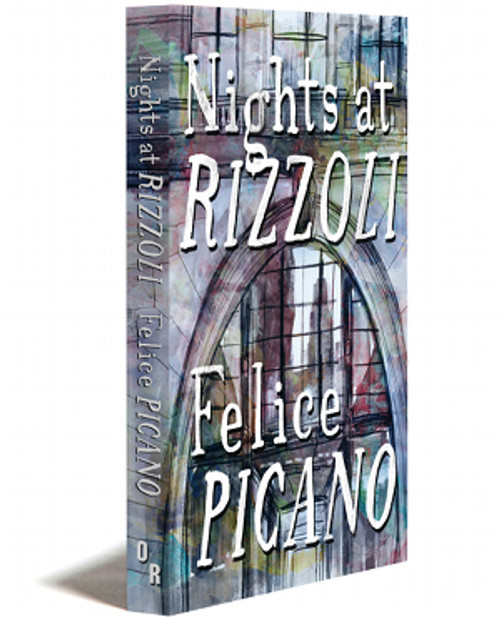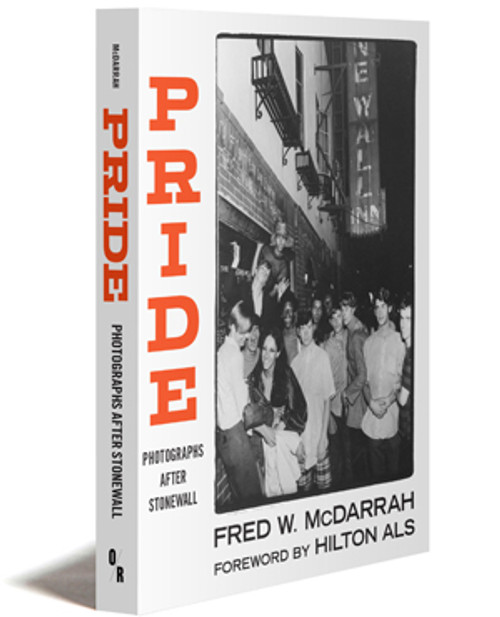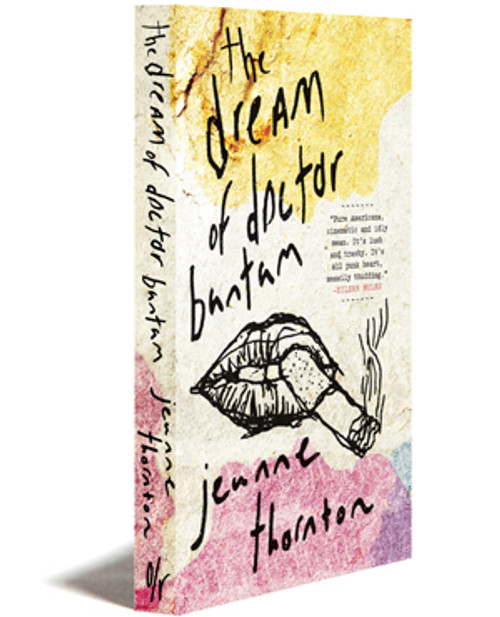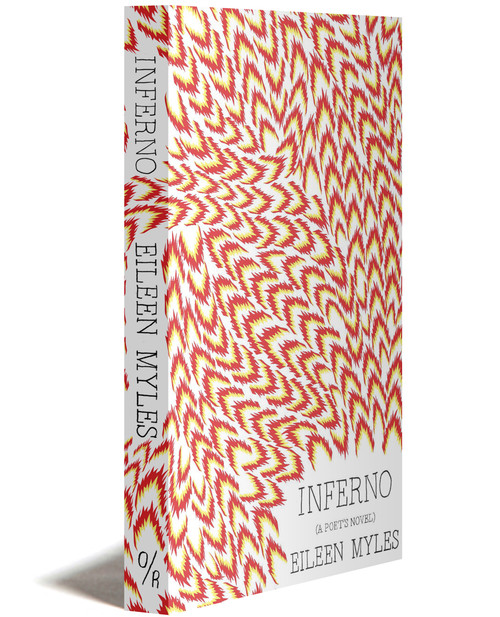Nights at Rizzoli
“Felice Picano, as his name suggests, is both a happy and piquant memoirist. Gifted with a prodigious memory and an inexhaustible curiosity, Picano observes everything in a fresh and indelible way.”
—Edmund Whiteabout the bookabout
Salvador Dalí, Jerome Robbins, Jackie Onassis. Gregory Peck, Mick Jagger-S. J. Perelman-I. M. Pei. Philip Johnson, Josephine Baker, John Lennon: they, and so many more who made New York City the center of the universe in the 1970s, all had one thing in common besides their adopted hometown-they shopped at a legendary palace of books, music and art: Rizzoli Books at 712 Fifth Avenue. There, Kennedys and Rockefellers mingled with tourists and "regular" customers under the watchful gaze of sophisticated employees, themselves a multi-talented, international collection of artists, scholars and rogues.
Nights at Rizzoli is the memoir of Felice Picano, an aspiring but near-starving young writer who in 1971 lucked into a part-time job at the stunningly elegant store via a friend. It metamorphosed into a life-changing experience, one that exposed him to some of the brightest lights in the world's cultural capital. At the store, he himself became a key player on a stage that opened every night to a new drama that often featured romance, at times violence, and of course always the books and their readers.
And when his shift was over, in this post-Stonewall, pre-AIDS era, the handsome young bookstore manager stepped from one world into another, prowling the piers, bars and very private clubs of a different New York City.
About The Author / Editor
Preview
.....By October of 1973, in addition to my novel, I had written extensive outlines for and the beginnings of two other novels — each one maybe thirty pages long.
The first was titled Who Is Christopher Darling? and would be published as my first book under the name Smart as the Devil. The second was called Eyes Across the Street, which would be shortened to Eyes and come out as my second published book. I'd also written five of what I considered to be publishable short stories which, whenever I had the chance, I began sending out to various magazines, which instantly rejected them. I'd also written two one-scene plays: bagatelles, really, designed for me to learn how to advance plots via dialogue. Oh, and a lot of poetry!
Naturally, none of this creative productivity produced anything remotely like an income. So, I'd also learned how to cook rice about a hundred and fifteen ways.
I bought rice in ten-pound hempen satchels imported from Santo Domingo costing ninety-nine cents a pop at a 14th Street bodega on the north westernmost outskirts of the West Village which it abutted - a little colony from Mayagüez. There, my lying large brown Italian eyes and my past college Spanish lit. courses came in handy, since I quickly discovered that bargain-hunting gringos weren't particularly welcome in this center of Borinquen.
I ate rice with beans. Rice with canned spinach. Rice with franks. Rice with sardines. Rice with chorizo. Rice with bananas. Rice with yams. Rice with - go ahead, you fill in the blank, I'm sure I tried it.
Friends would run into me at the trendier and far more local D’Agostino’s, carrying a shopping basket (forget carts) that closely resembled those of the contemporary Bouviers of “Grey Gardens” in Southampton: three carefully chosen small grocery items — and a package of dried cat food. The latter actually was for my cat, Fred, who was still an adolescent and hungry all the time.
Luckily for me, Fred also went out doors daily, and even luckier, he’d begun to hang out at the local Éclair, a pastry factory on the nearby corner of Jane and Greenwich Streets. There, along with a beat-up, one-eyed, yellow Tabby named Butch (so said one of the grandmotherly cat ladies of the area who seemed to know the histories of all cats who wandered the area in somewhat intimate detail), Fred “worked” by day — and apparently snacked pretty well on the plentiful Hudson River rodent population drawn by room-high mounds of baker’s flour. And also, I assume, he snacked on pastry leftovers. (Fred loved pastry,; and also — unique among cats of my acquaintance — green salad with Italian dressing.) And no, Fred never dragged home any mutilated mice nor mashed mille-fleurs for my own delectation.
The fall of 1971, like the fall of 2008, was one of those periods in which the metaphorical canaries in all the economic coal mines of America, and especially in New York City (which would end up being hardest hit), were beginning to go out like tiny lights all over the nation, one by one by one.
Let’s be honest: few occupations are as canary-like in the US as that of an artist, which most Americans — especially at that time, hailing as they did from Western ranches, Nebraska and Iowa farms, and Ohio and Michigan factories – considered no better than being a wastrel, leech, and Commie pill-popper. So by the end of that September, I hadn’t any profitable work in months, despite daily newspaper and agency searches and pavement-pounding. I couldn’t even come up with half the rent, phone, or utilities.
in the media
Nights at Rizzoli
“Felice Picano, as his name suggests, is both a happy and piquant memoirist. Gifted with a prodigious memory and an inexhaustible curiosity, Picano observes everything in a fresh and indelible way.”
—Edmund Whiteabout the bookabout
Salvador Dalí, Jerome Robbins, Jackie Onassis. Gregory Peck, Mick Jagger-S. J. Perelman-I. M. Pei. Philip Johnson, Josephine Baker, John Lennon: they, and so many more who made New York City the center of the universe in the 1970s, all had one thing in common besides their adopted hometown-they shopped at a legendary palace of books, music and art: Rizzoli Books at 712 Fifth Avenue. There, Kennedys and Rockefellers mingled with tourists and "regular" customers under the watchful gaze of sophisticated employees, themselves a multi-talented, international collection of artists, scholars and rogues.
Nights at Rizzoli is the memoir of Felice Picano, an aspiring but near-starving young writer who in 1971 lucked into a part-time job at the stunningly elegant store via a friend. It metamorphosed into a life-changing experience, one that exposed him to some of the brightest lights in the world's cultural capital. At the store, he himself became a key player on a stage that opened every night to a new drama that often featured romance, at times violence, and of course always the books and their readers.
And when his shift was over, in this post-Stonewall, pre-AIDS era, the handsome young bookstore manager stepped from one world into another, prowling the piers, bars and very private clubs of a different New York City.
About The Author / Editor
Preview
.....By October of 1973, in addition to my novel, I had written extensive outlines for and the beginnings of two other novels — each one maybe thirty pages long.
The first was titled Who Is Christopher Darling? and would be published as my first book under the name Smart as the Devil. The second was called Eyes Across the Street, which would be shortened to Eyes and come out as my second published book. I'd also written five of what I considered to be publishable short stories which, whenever I had the chance, I began sending out to various magazines, which instantly rejected them. I'd also written two one-scene plays: bagatelles, really, designed for me to learn how to advance plots via dialogue. Oh, and a lot of poetry!
Naturally, none of this creative productivity produced anything remotely like an income. So, I'd also learned how to cook rice about a hundred and fifteen ways.
I bought rice in ten-pound hempen satchels imported from Santo Domingo costing ninety-nine cents a pop at a 14th Street bodega on the north westernmost outskirts of the West Village which it abutted - a little colony from Mayagüez. There, my lying large brown Italian eyes and my past college Spanish lit. courses came in handy, since I quickly discovered that bargain-hunting gringos weren't particularly welcome in this center of Borinquen.
I ate rice with beans. Rice with canned spinach. Rice with franks. Rice with sardines. Rice with chorizo. Rice with bananas. Rice with yams. Rice with - go ahead, you fill in the blank, I'm sure I tried it.
Friends would run into me at the trendier and far more local D’Agostino’s, carrying a shopping basket (forget carts) that closely resembled those of the contemporary Bouviers of “Grey Gardens” in Southampton: three carefully chosen small grocery items — and a package of dried cat food. The latter actually was for my cat, Fred, who was still an adolescent and hungry all the time.
Luckily for me, Fred also went out doors daily, and even luckier, he’d begun to hang out at the local Éclair, a pastry factory on the nearby corner of Jane and Greenwich Streets. There, along with a beat-up, one-eyed, yellow Tabby named Butch (so said one of the grandmotherly cat ladies of the area who seemed to know the histories of all cats who wandered the area in somewhat intimate detail), Fred “worked” by day — and apparently snacked pretty well on the plentiful Hudson River rodent population drawn by room-high mounds of baker’s flour. And also, I assume, he snacked on pastry leftovers. (Fred loved pastry,; and also — unique among cats of my acquaintance — green salad with Italian dressing.) And no, Fred never dragged home any mutilated mice nor mashed mille-fleurs for my own delectation.
The fall of 1971, like the fall of 2008, was one of those periods in which the metaphorical canaries in all the economic coal mines of America, and especially in New York City (which would end up being hardest hit), were beginning to go out like tiny lights all over the nation, one by one by one.
Let’s be honest: few occupations are as canary-like in the US as that of an artist, which most Americans — especially at that time, hailing as they did from Western ranches, Nebraska and Iowa farms, and Ohio and Michigan factories – considered no better than being a wastrel, leech, and Commie pill-popper. So by the end of that September, I hadn’t any profitable work in months, despite daily newspaper and agency searches and pavement-pounding. I couldn’t even come up with half the rent, phone, or utilities.









